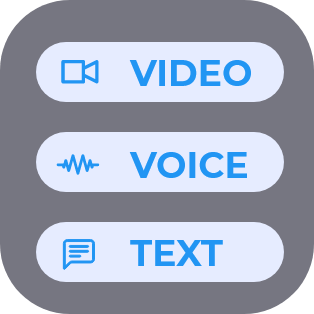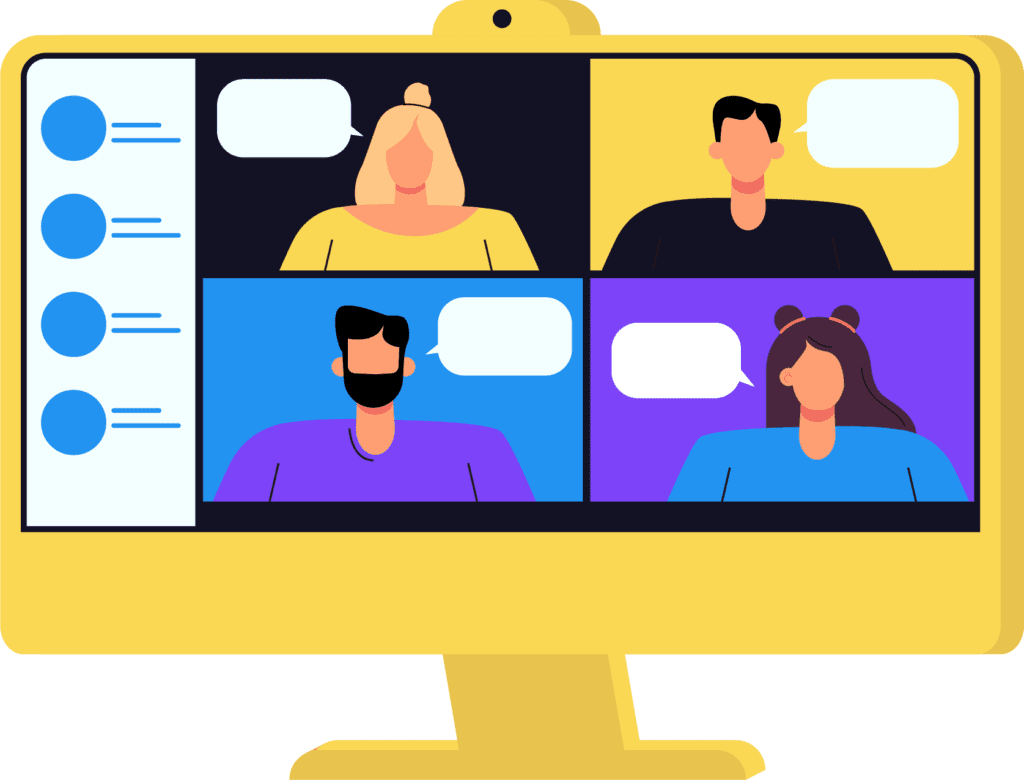Building a chatbot in English using conversational components is easy. However, sometimes you’re On chatbot localization mission, so you just need it in your own language. How do you maintain the component’s structure while customizing it to match your bot’s tone of voice and style in a foreign language?
Let’s review the key parts of the chatbot localization:
Building with Say & Navigation
1. “Say” node (box/step) is what the chatbot says (“Prompt”). So start by writing the first “say” in your native language.
2. “Navigation” is the anticipated follow-up response to the “Say” node. In English there are two ways to manage the dialog: by keywords (reacting to specific words the user says or writes) or intents (identifying the user’s intent, out of multiple synonyms for the same word – for example “yeah” or “yup” instead of “yes”).
Creating and sharing intents in your language for chatbot localization purposes, will be available later this year. For now, the quickest way to do it is by building intents natively using keywords- for example, writing multiple ways of saying “Yes” in Russian, or “Yes” & “No” in Hindi.
3. Create a one-liner component and use it repeatedly in your chat. A one-liner is a component that functions as a one-stop-shop for different intents AND questions. For example, not only Yes/No/Stop/Continue, but also common user queries that all chatbots receive regularly like “what’s your name” or “how do you feel”, and also a repair mechanism that takes you back to the flow. This is what a one-liner component looks like.
And this is how you put it in the middle of a conversation:
4. Keep on using “Say”, “Navigation” and “One-liner” until you’re done. You can test your flow in the lower right corner; Try to come up with different synonyms as you test it, to make sure that you’ve covered virtually all of the options
5. If you want to publish your chatbot on Zoom, make sure that the wake and sleep phrases are in the same language as your chatbot. You can click the dropdown menu of languages to see all the possibilities. Every language offers one or more voices to choose from.
For other tutorials and guidance:
Your chatbot needs a personality. Here are 7 reasons why
Your new marketing strategy? 6 use cases for chatbots on Zoom
Chatbot monetization: why chatbots are the future of e-commerce










